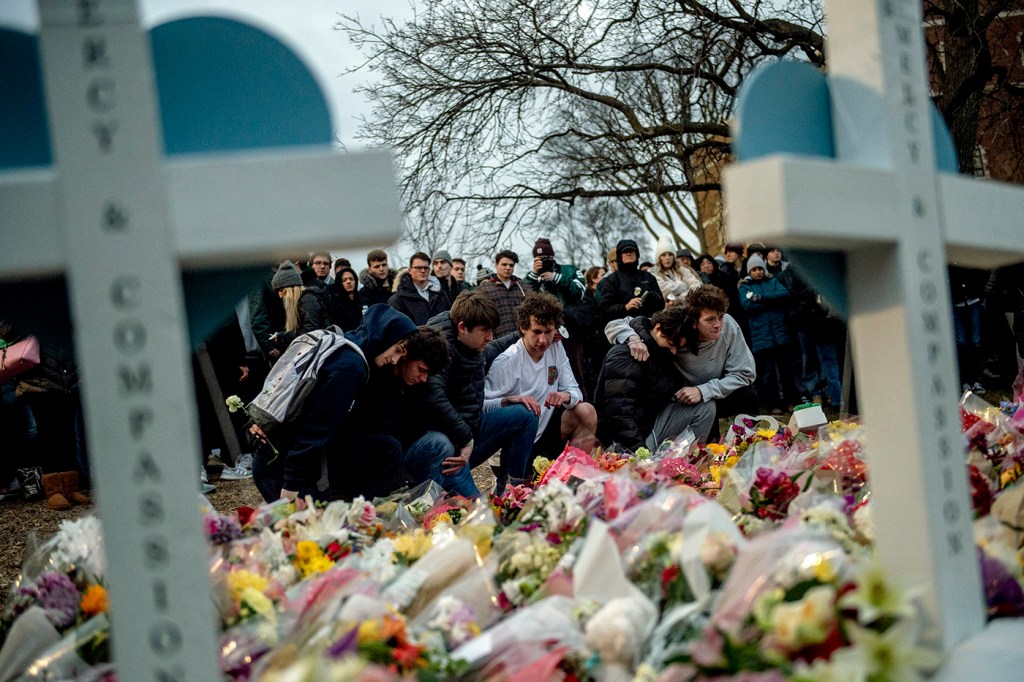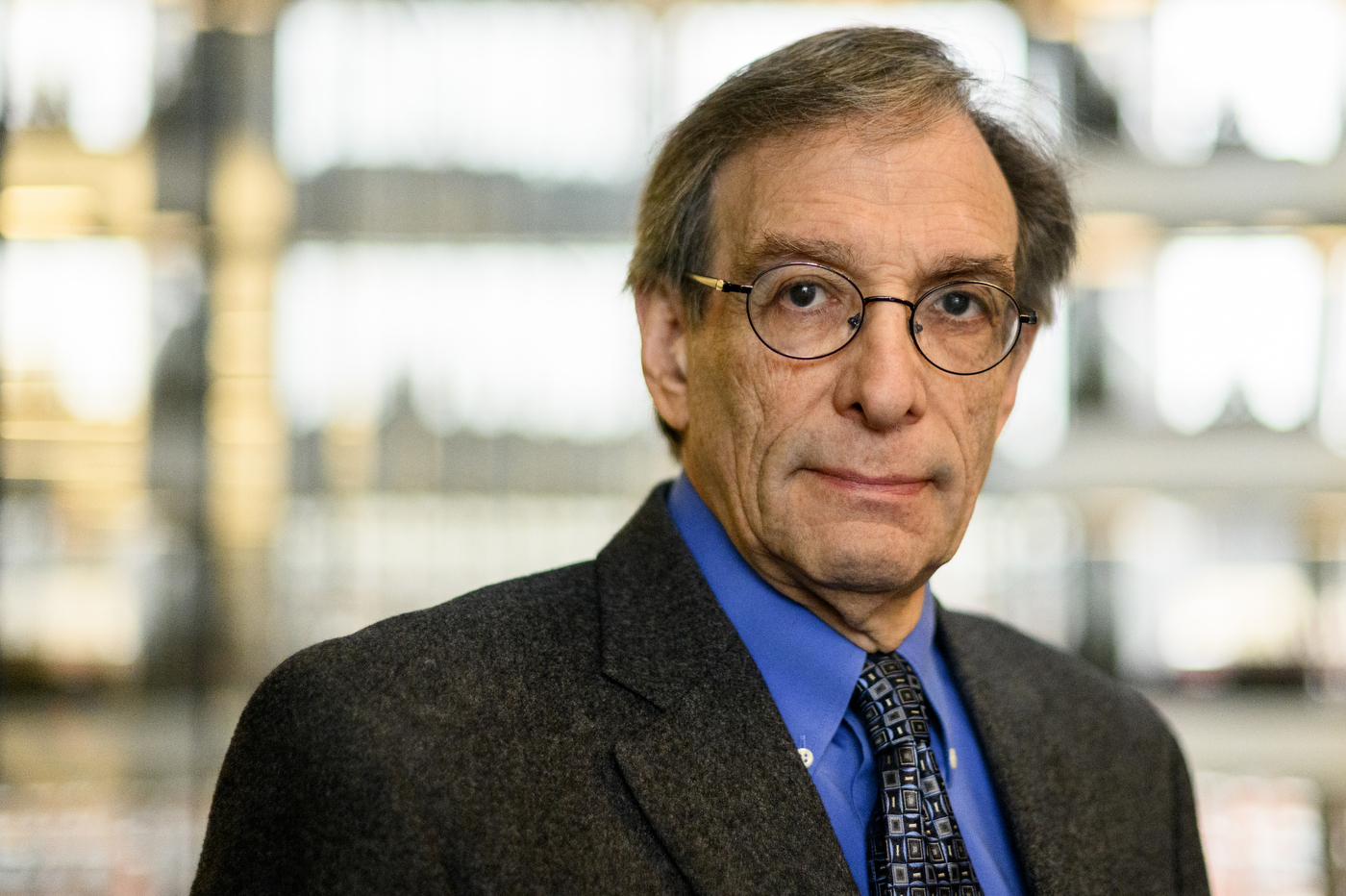Access to guns, mental health should be the focus following Michigan State shooting, Northeastern experts say

Three students were killed and five others were critically injured by a shooter at Michigan State University on Monday.
“Our campuses, churches, classrooms and communities should not be battlefields,” Michigan Gov. Gretchen Whitmer told mourners on Wednesday.
James Alan Fox, a Northeastern criminology professor who studies mass killings, says the tragic event puts a focus on student safety.
“There is no denying the horror of the Michigan State University shooting,” says Fox, author of “Violence and security on campus: From preschool through college.”

“But we shouldn’t lose sight of the very low risk of such tragedies,” he told Northeastern Global News.
Since 1990, Fox says, there have been 26 shootings on U.S. college campuses resulting in two or more victim fatalities.
“Twelve college students, on average, are fatally shot per year while at college, and that is out of 16 million enrolled,” Fox says. “One-tenth of 1% of all gun homicides in the U.S. involve college students on campus.”
Fox notes that college students are far more vulnerable to dying by suicide than by a mass shooting event on campus.
An estimated 500 to 600 college students in the U.S. died by suicide in 2019, according to Kurt Michael, senior clinical director at The Jed Foundation (JED), which protects emotional health and prevents suicide for teens and young adults in the U.S. The estimate is based on data from the National Violent Death Reporting System and does not account for students who are younger than 18 or older than 22, Michael adds.
“There are things we should do to focus on the mental health of students in light of the much higher incidence of suicide,” Fox says.
In addition to providing mental health services and support for students, Fox argues that students should not be allowed to carry guns on campus.
Fox says prior to the 2007 Virginia Tech shootings—where 32 people, including 27 students, were killed—only Utah permitted people with a concealed carry license to have guns on campuses.
Now, because of the efforts of Students for Concealed Carry, a grassroots organization that was formed after the Virginia Tech massacre, Fox says there are 20 states that permit guns on all college campuses.
Another 20 states empower colleges and universities to decide whether to permit guns, Fox says.
Ten states, including Massachusetts, outright prohibit guns on campuses, with the exception of university police and public law authorities.
“The problem is that on a college campus, you have students who are sometimes depressed and suicidal,” Fox says. “And you may have a presence of alcohol and drugs. You don’t want guns in that mix.”Exposure to guns increases the threat of suicide among people who are vulnerable, according to research by Matt Miller, a professor of health sciences and epidemiology at Northeastern.
For every suicide in the U.S., there are at least nine attempts that do not result in death. Among those distressed people who resort to taking pills or cutting themselves, only 2% to 3% of the attempts end in death, says Miller.
Miller says a large number of suicides could be thwarted by keeping vulnerable people away from guns. For those who attempt suicide with a firearm, the death rate is greater than 90%.
“You pull the trigger, and usually you don’t get a second chance,” Miller says. “So you can save lives by making it harder for people to get their hands on a gun.”
Fox adds that enabling students to carry guns on campus can complicate the response by police during active shooter events.
“When the campus police arrive—and I do believe campus police should be armed—they would have a hard time distinguishing the bad guy who is wearing blue jeans and a backpack and holding a gun from all the good guys who are wearing blue jeans and have backpacks and guns,” Fox says.
Fox says there were 18 active shooter events at U.S. colleges and universities from 2000 to 2019 (defined by the FBI as an individual actively engaged in killing or attempting to kill people in a populated area).
“That is out of more than 5,000 colleges and universities,” says Fox, who maintains the Associated Press/USA TODAY/Northeastern University Mass Killing Database, the longest-running and most extensive data source on mass killings in the U.S.
Fox says active-shooter drills involving students can be another cause of emotional harm for students.
“I am glad that Northeastern does these drills on days when there are no classes,” Fox says.
Ian Thomsen is a Northeastern Global News reporter. Email him at i.thomsen@northeastern.edu. Follow him on Twitter @IanatNU.






